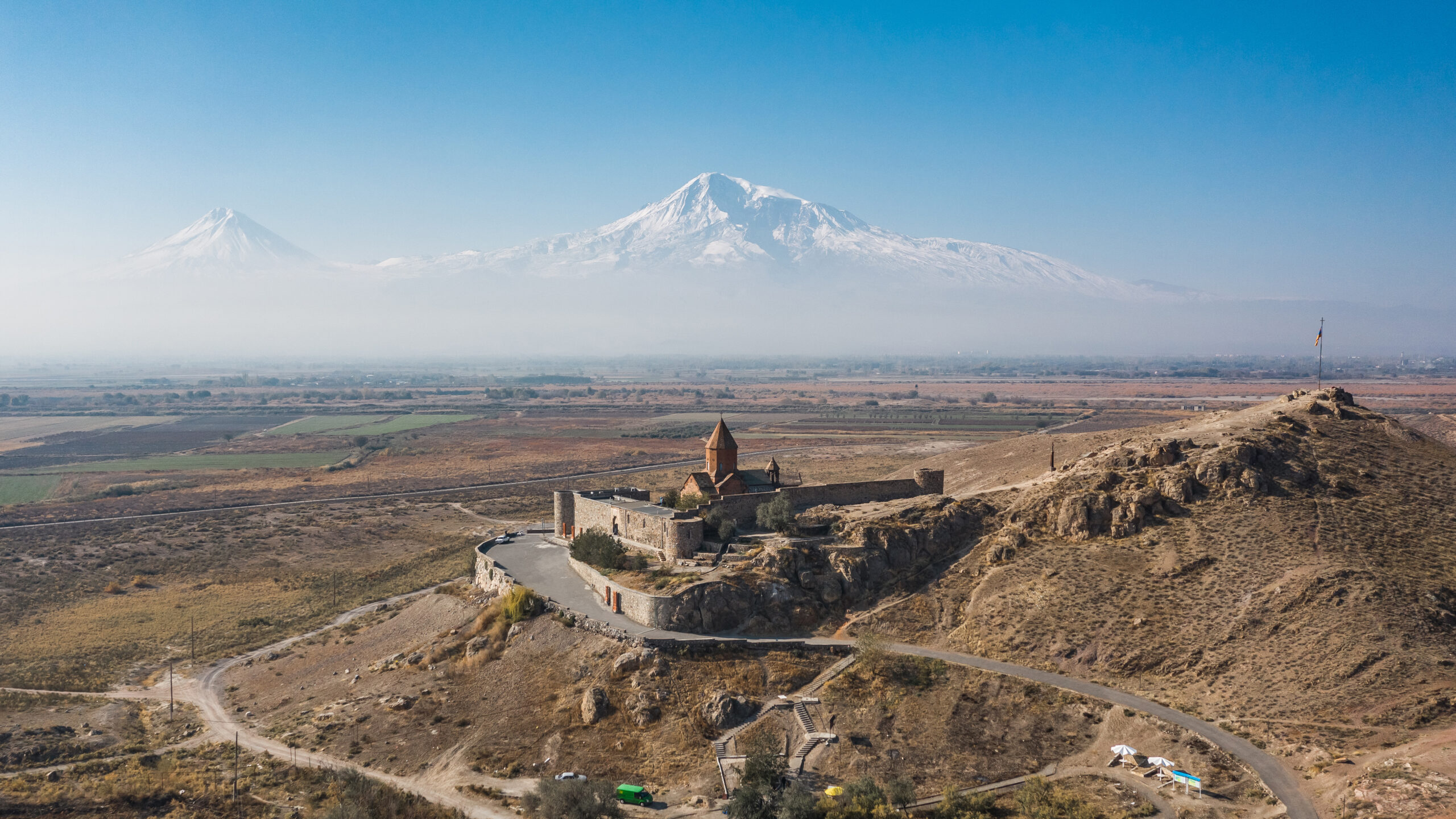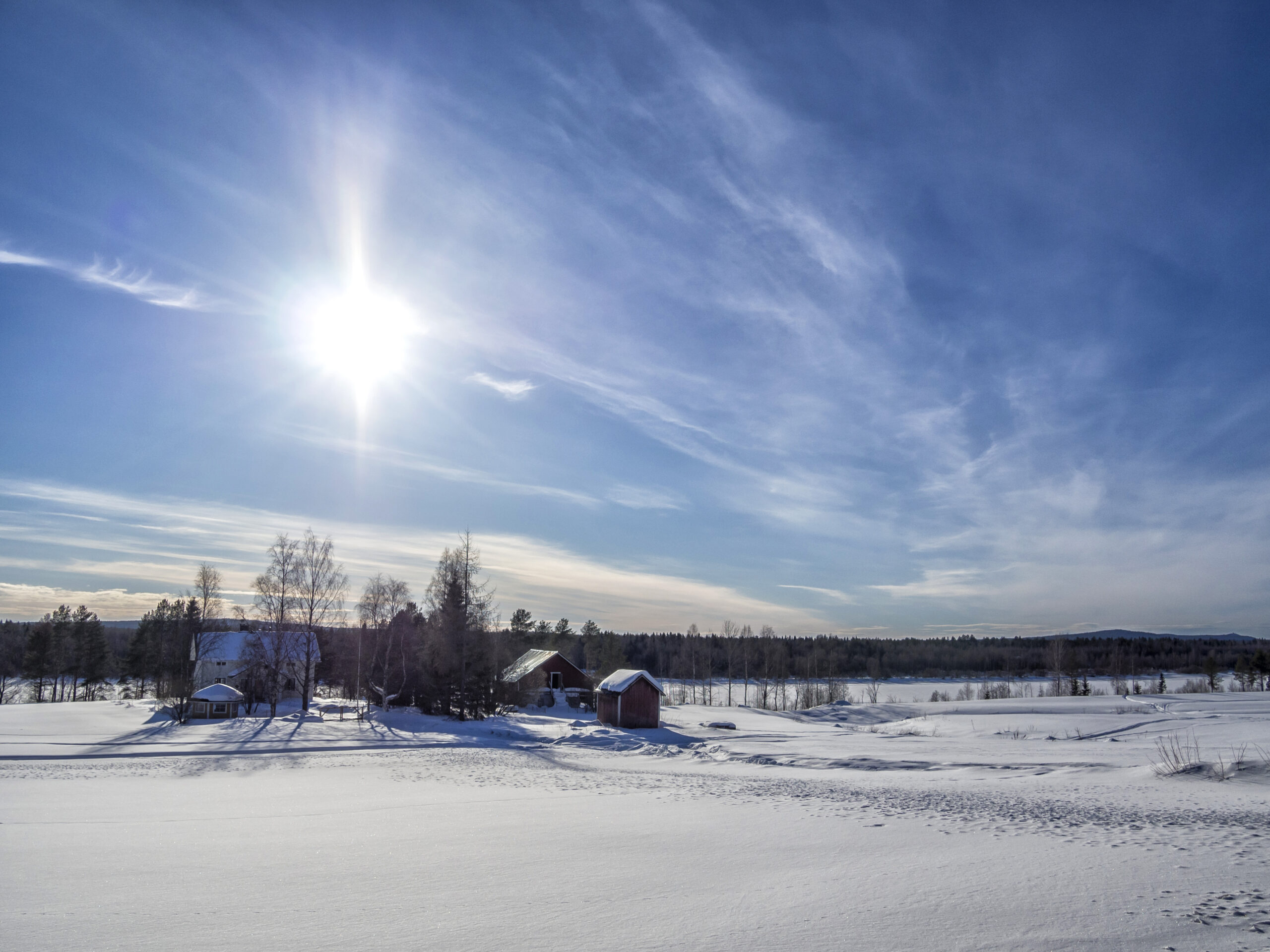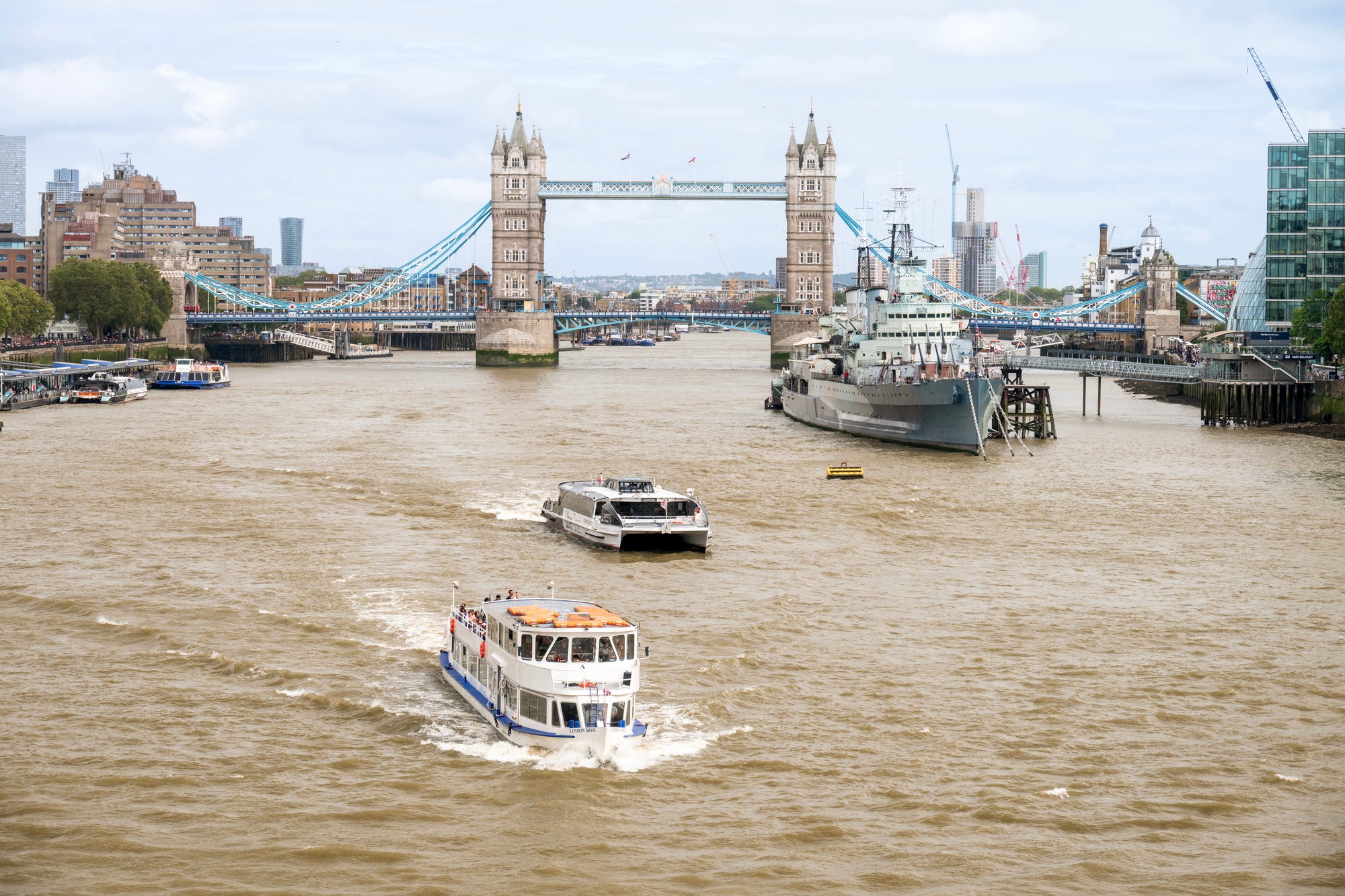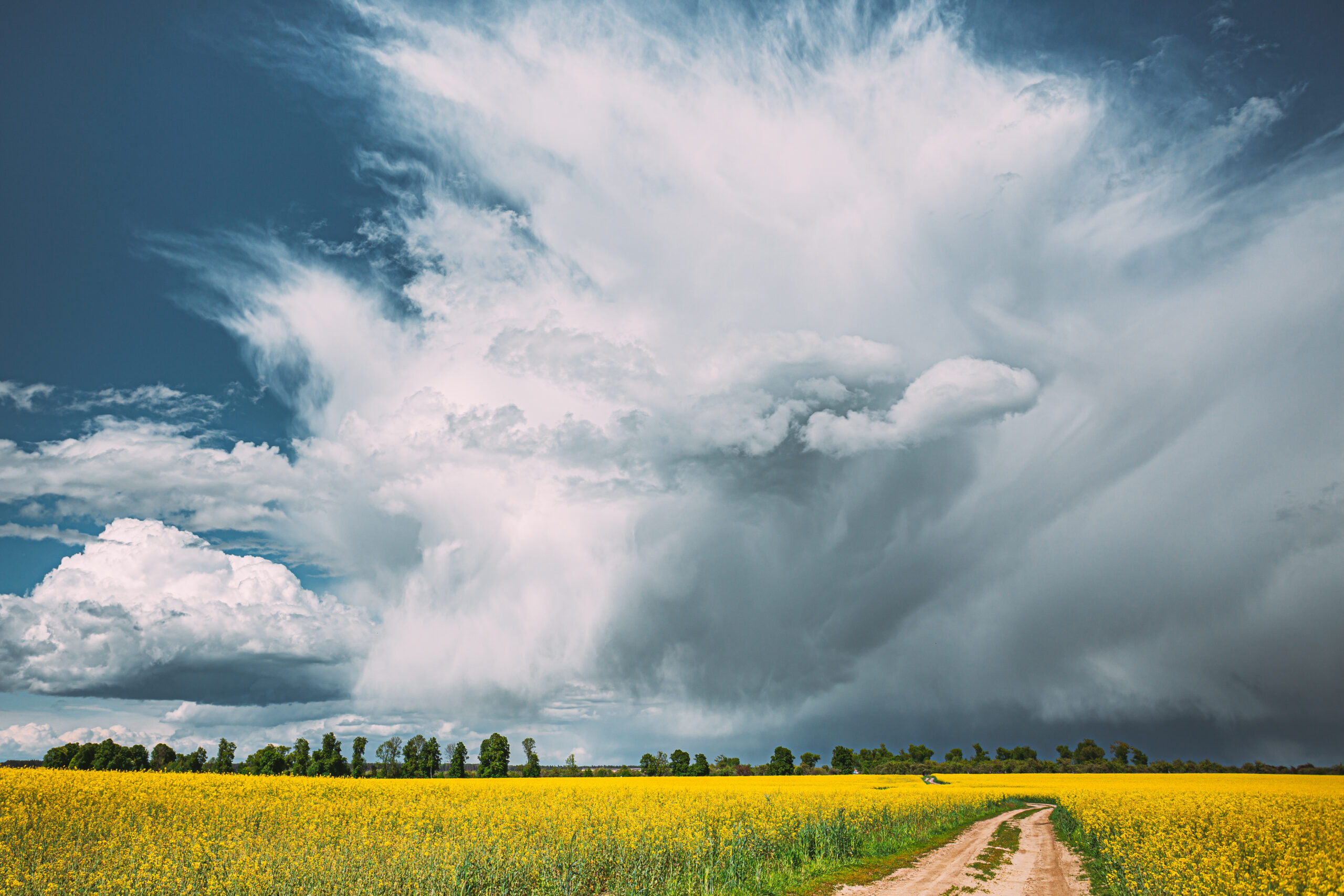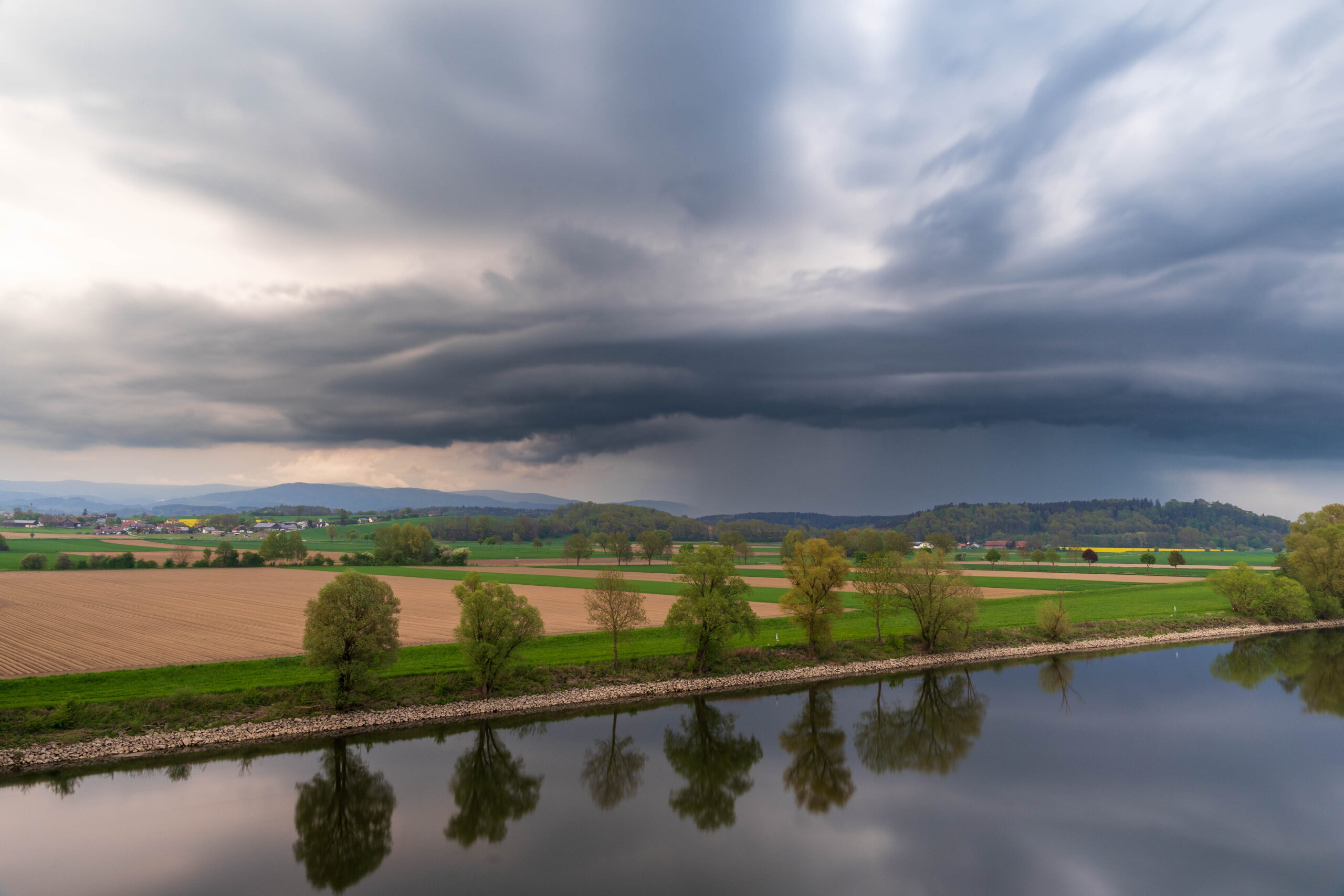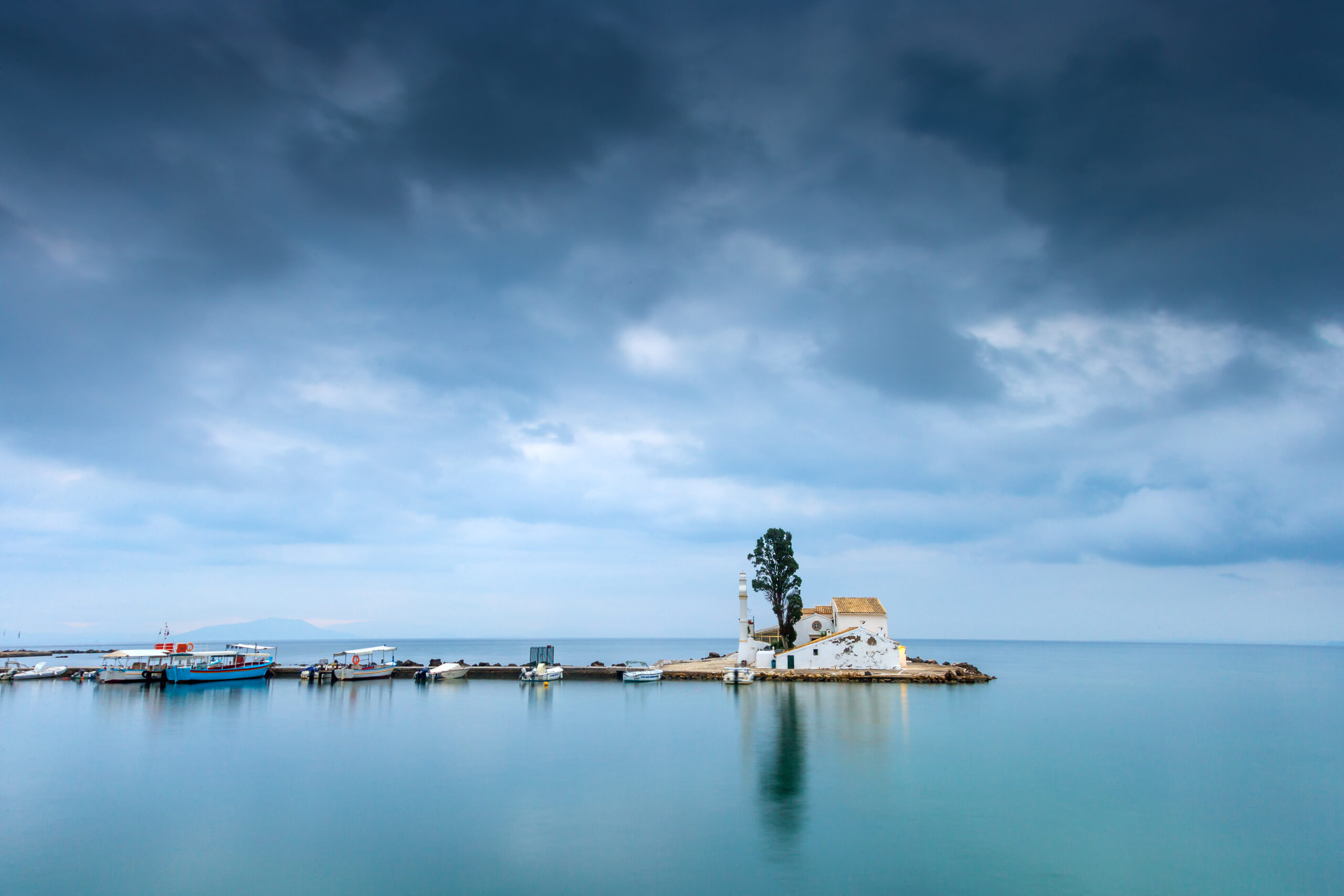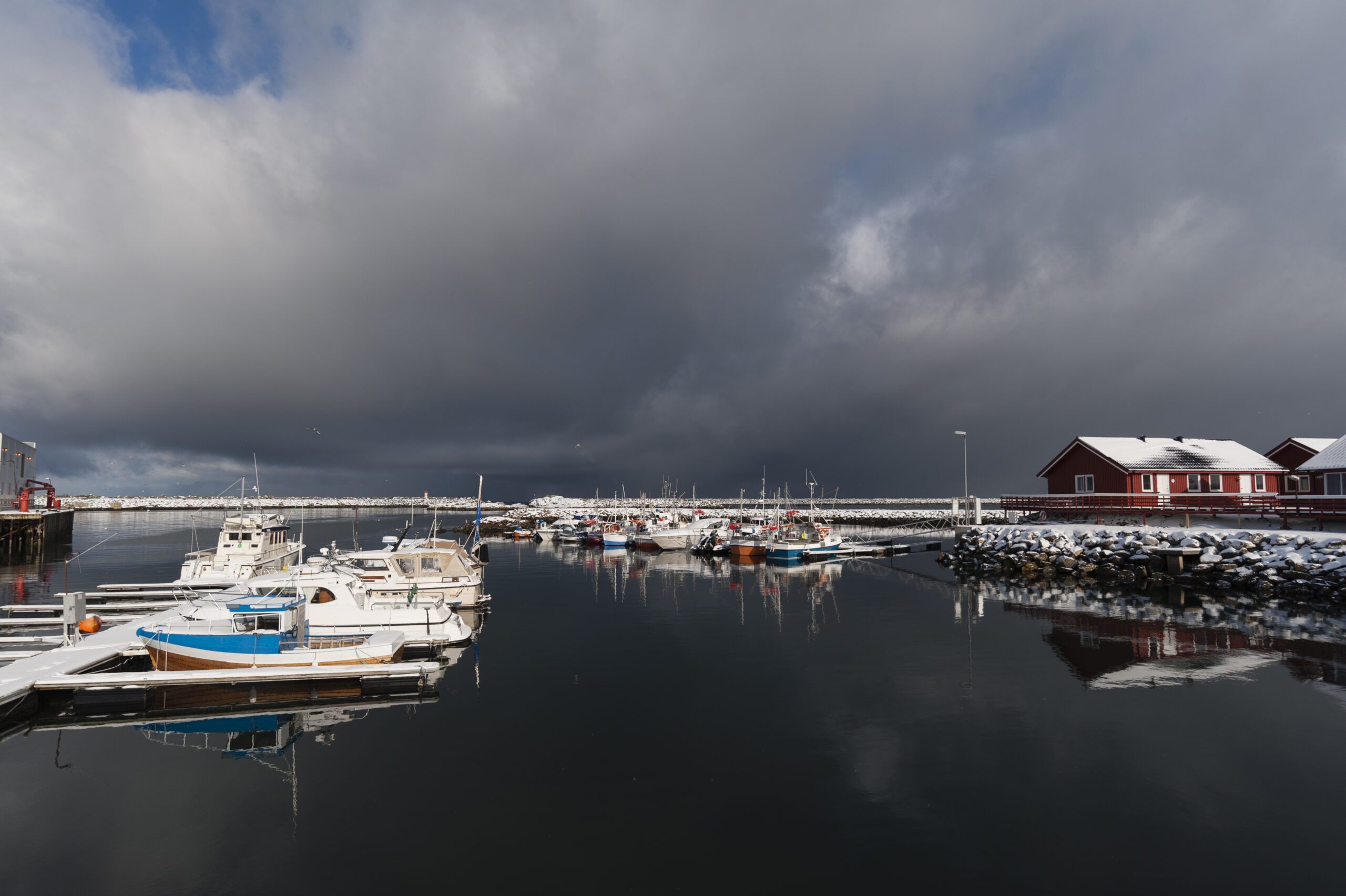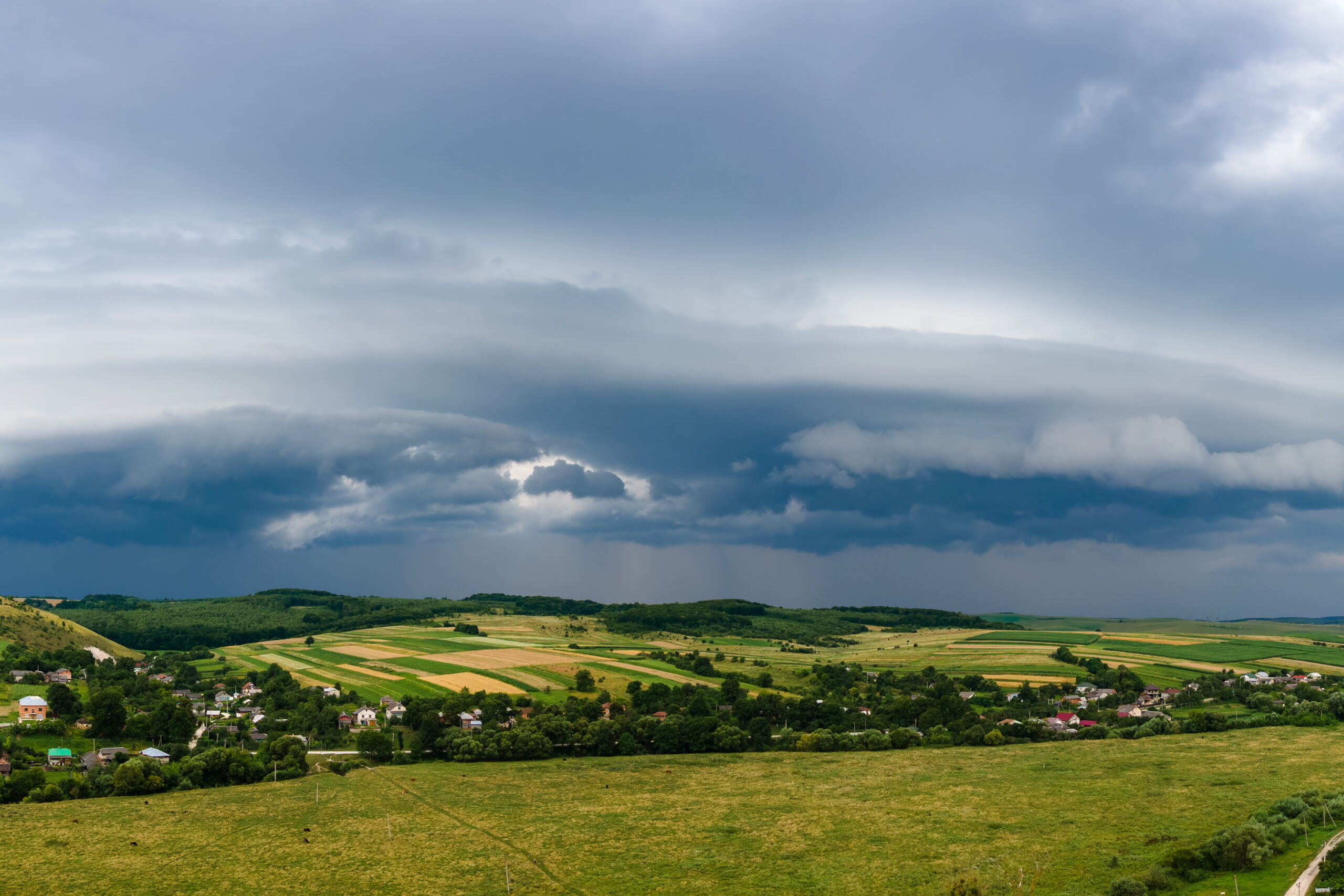- Aries ♈ - November 25, 2025
- Template - November 13, 2025
- Albania Weather Report Free updated Hourly 2025 - September 23, 2025
🇯🇵 Niigata Prefecture Weather Report – Month-by-Month Overview
🌨️ January
Cold and snowy. Niigata City averages 0–6°C. Coastal areas receive wet snow and strong winds, while inland and mountainous regions like Myoko and Yuzawa see heavy snowfall—perfect for skiing.
🌨️ February
Still wintry. Highs reach 4–8°C, with lows near freezing. Snow continues inland, and sunshine is limited. Snow festivals and hot springs are popular this time of year.
🌧️ March
Spring begins. Temperatures rise to 7–13°C. Snow starts melting in lower areas, replaced by rain. Foggy mornings are common, and plum blossoms begin to bloom.
🌸 April
Mild and blooming. Highs reach 13–20°C. Cherry blossoms peak across the prefecture, especially in Takada Park and along the Shinano River. Rain showers alternate with sunny spells.
🌼 May
Warm and pleasant. Temperatures climb to 17–24°C. Rainfall is light, and skies are mostly clear. Ideal for hiking in the Echigo Mountains and countryside travel.
🌦️ June
Start of the rainy season. Highs range from 21–27°C. Humidity rises, and afternoon showers are frequent. Rivers swell, and rice paddies flourish.
🌧️ July
Hot and wet. Temperatures reach 25–31°C. Rainfall peaks early, then tapers off. Inland areas feel muggy, while coastal towns offer slight relief. Fireworks festivals begin.
☀️ August
Still hot. Highs remain between 26–32°C. Rain decreases slightly, and sunshine dominates. Beaches along the Sea of Japan are popular for swimming and summer events.
🌧️ September
Transition to autumn. Temperatures ease to 22–28°C. Rain returns due to typhoon activity. Nights begin to cool, and early foliage appears in higher elevations.
🍂 October
Cooler and clearer. Highs drop to 16–23°C. Rainfall decreases, and autumn colors peak in forests and temple grounds. Crisp air makes it ideal for travel.
🌫️ November
Chilly and damp. Highs hover around 10–17°C, with lows near 5°C. Rain is frequent, and fog blankets valleys. Early frosts appear in mountainous areas.
🌨️ December
Winter returns. Temperatures range from 3–9°C. Snowfall resumes inland and in ski resorts. Coastal towns see more rain than snow. Illuminations brighten city streets.
Let me know if you’d like ski resort tips or seasonal travel ideas for Niigata!

9°C














